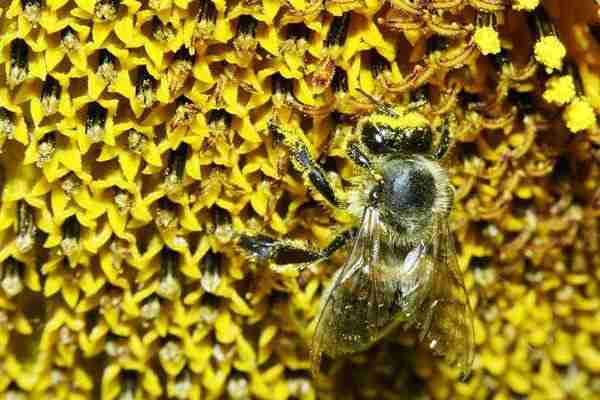The dark side of biodiversity: wild bees at risk of extinction


Wolves are important animals as they make a massive contribution to our biodiversity and that is why we are helping to protect them. We started our activities in Italy...
Wolves are important animals as they make a massive contribution to our biodiversity and that is why we are helping to protect them. We started our activities in Italy...